49 Loneliness Statistics: How Many People are Lonely?
In this roundup of loneliness statistics, we'll show you the most up-to-date loneliness statistics that'll make you want to meet more people.
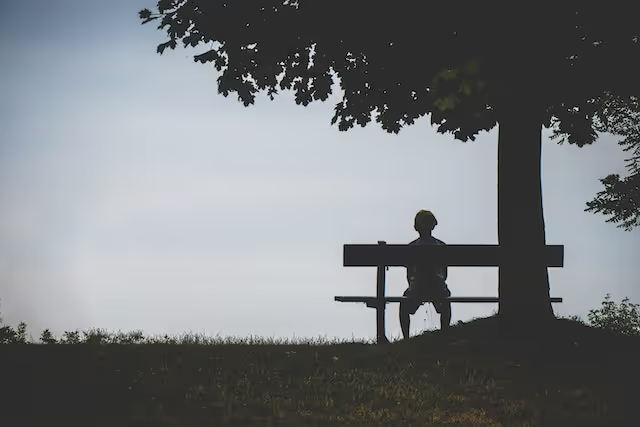
Key Loneliness Statistics & Facts
- 52% of Americans report feeling lonely. 47% report their relationships with others aren't meaningful.
- 59% of Americans say they have a best friend, 12% say they feel they don't have any close friends.
- Las Vegas, Washington, D.C., and Denver are the three loneliest cities in the U.S. Statistics show loneliness is 3 times higher than the national average in those cities.
- 57% of Americans report eating all meals alone.
- Wyoming is the loneliest state of all per capita, followed by Vermont, Alaska, North Dakota, and Delaware.
- Wisconsin is the least lonely state in America per capita. Ohio, Missouri, Indiana, and Pennsylvania come close behind.
- 58% of Americans reported that they sometimes or always feel like no one knows them well.
Loneliness impacts millions of people across the globe. People from all income, race, religion and other social demographics experience it. It can be persistent and chronic or temporary. Regardless, it can have a detrimental impact on a person's mental, emotional and physical wellness.
By identifying the demographics it most often impacts, mental health and medical providers hope to combat loneliness more effectively. They also hope to understand better how some people become more prone to it than others.
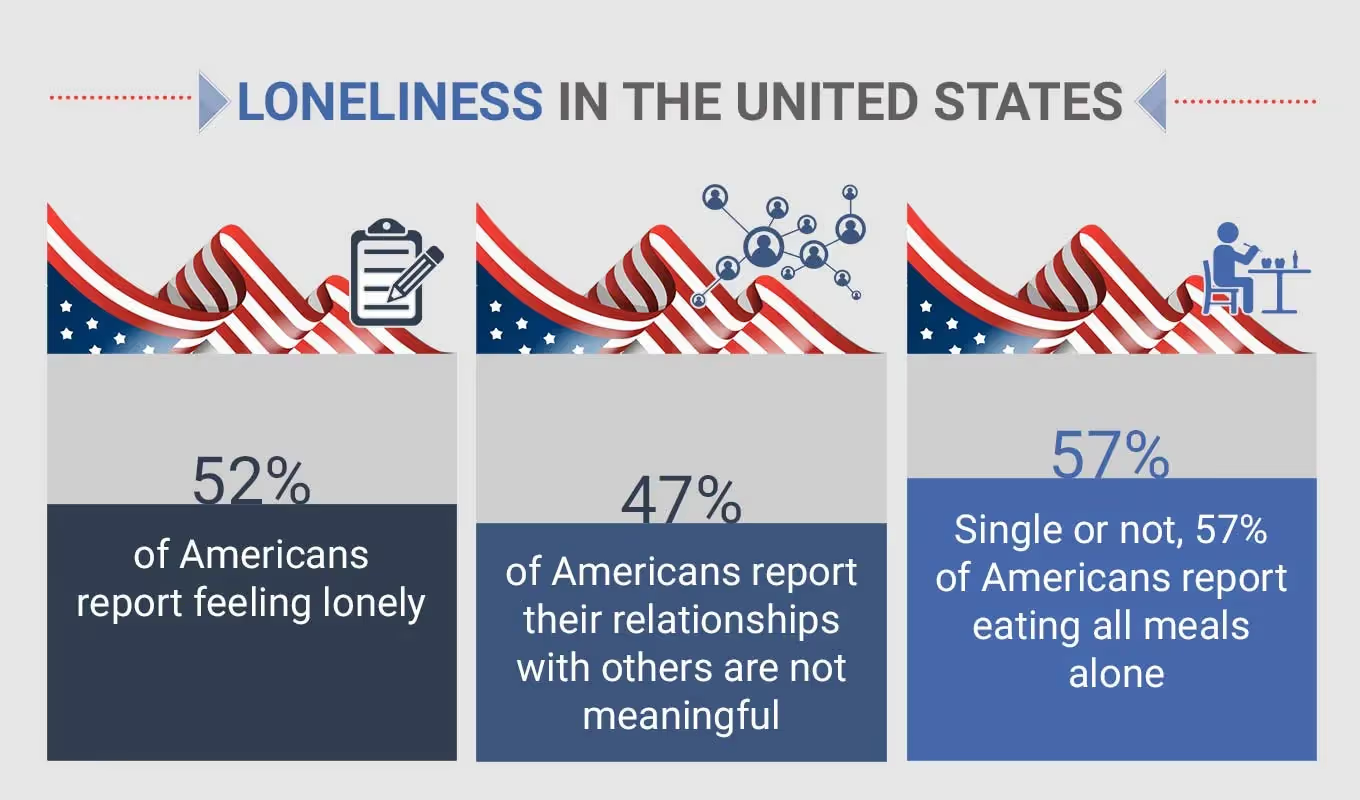
Loneliness Demographics
Almost everyone, at some point in their lives, experiences loneliness. However, for many people, this feeling is temporary and passes relatively quickly. Many people overcome it by going to work or school or simply taking part in favorite activities with relatives and friends everyday.
The recent pandemic demonstrated how persistent loneliness can be among certain demographics. In particular, it can target the economically disadvantaged, people who live alone and people with disabling mental or physical ailments. Certain demographics are statistically more prone to experiencing loneliness on a continued basis than others.
By Age
It might be easy to assume that loneliness impacts senior citizens more than young people. However, statistics show many young people, particularly those under the age of 30, report being lonelier than their older counterparts.
These loneliness statistics show:
- More than 80 percent of young people under the age of 18 report feeling lonely
- Only 40 percent of people over 65 report feeling occasionally lonely
- Forty three percent of people ages 18 to 25 report feeling unloved
- Seventy three percent of Millennials say they are lonely
Twenty two percent of Generation X members say they are lonely and have no friends.
By Gender
Statistics show that loneliness impacts men and women relatively equally. Men are just slightly more likely to report feeling lonely than women. They are less likely to feel lonely when they are college- aged than when they reach the age of 50 and older.
Women report feeling lonely due to circumstances like:
- Widowhood
- Chronic illness
- Living alone
- Disability
Statistics also reveal that women are more perceptive to feeling lonely than men. Overall, more than 46 percent of men and 45 percent of women report feeling persistently lonely.
By Race
Race can also play a key factor in how lonely people feel. Evidence shows that racial minorities often feel significantly lonely. Statistics reveal that:
- Around 74 percent of Hispanics or Latino individuals report feeling lonely
- More than 70 percent of Island Pacifiers or Asian individuals feel lonely
- Around 71 percent of Native Americans say they are lonely
- Close to 70 percent of Black or African Americans report feeling lonely
This evidence correlates with findings that show people in these demographics experience higher rates of mental health challenges. They are more prone to anxiety and depression, linked in part to their feelings of loneliness.
By Life Situation
Factors like a person's living situation can impact how lonely he or she feels. The recent pandemic significantly increased many people's feelings of loneliness. Prior to that, around 30 percent of people who lived alone reported feeling lonely.
Close to 20 percent of adults living with other people said they felt lonely. About 16 percent of single parents likewise said they felt lonely on a persistent basis, and 32 percent of new parents reported feelings of loneliness.
Many people who are chronically lonely also experience discrimination. Close to half of all people surveyed say they felt discriminated against in addition to being lonely.
By Education
The level of a person's education can influence how lonely he or she feels. Reports show that:
- Around 23 percent of high school dropouts feel lonely
- Close to 28 percent of high school dropouts feel lonely persistently
- Around 15 percent of people with only some college feel lonely
- Sixteen percent of college graduates feel lonely and have no friends
- Around 10 percent of post-college graduates report feeling lonely and having no friends
About 30 percent of students in college likewise say they are lonely.
By Religion
Statistics show that people who attend religious services regularly often report feeling less lonely than people who only attend intermittently throughout the year or do not attend church at all. Still, church attendance continues to decline throughout many countries, which may explain why loneliness continues to be a persistent challenge among many demographics.
For example, a majority of people in the U.S. report only going to religious services a few times a year. The number of people who attend monthly or weekly is under 50 percent. The larger share of people who attend are those older than Millennials, which themselves report feeling lonelier than older generations.
By Income
Income can likewise influence how lonely people feel. Evidence shows many higher earning individuals spend more time alone. However, many of them do not necessarily feel lonely on a regular basis, despite spending less time socializing with friends and family members.
In contrast, lower income individuals report feeling lonelier despite socializing more than higher income earners. Ten percent of people who earn less than $40,000 per year feel lonely most days while five percent report feeling lonely all of the time. In contrast, only three percent of people earning $80,000 or more per year report feeling lonely.
FAQ
What Percent of the World is Lonely?
Recent reports indicate that as much as 33 percent of the world's population is lonely. The level of loneliness varies from country to country. The same reports show the highest rate of loneliness can be found in countries like Brazil where 50 percent of the population indicate being lonely.
Turkey, India and Saudi Arabia also report high incidences of loneliness among their populations. Countries like the Netherlands and Japan have the lowest numbers of loneliness among people who live there.
What Percentage of the U.S. Population is Lonely?
A large portion of the population in the United States reports feeling lonely. Statistics show that one in three people, or close to 33 percent, of people in the U.S. experience loneliness on a regular basis.
Sixty one percent of younger people in the U.S. say they are chronically lonely. Fifty one percent of mothers of young children also report feeling lonely. While older Americans statistically experience less loneliness than younger individuals, their feelings of loneliness increased during the Covid-19 pandemic when they were unable to socialize as often as they did prior to lock downs.
At What Age is Loneliness Most Common?
People of all ages can experience loneliness. However, it impacts some age demographics more than others.
Specifically, people ranging in age of 16 to 24 report feeling lonelier than their older counterparts. More than 10 percent of people in this age bracket say they are lonely on a regular or daily basis.
Contrasting that number, fewer than three percent of people ages 65 and older say they feel lonely each day. Evidence also suggests older Americans socialize more and have more time to spend with friends and family members than younger Americans.
Who Suffers the Most from Loneliness?
Loneliness tends to impact men and women fairly equally. However, the level of loneliness men and women feel varies throughout their lives.
Women typically report feeling less lonely than men. Their level of loneliness increases when they get older, particularly if they experience factors like widowhood or illness.
Men report feeling lonely less often than women, particularly when they are younger. When they get older and reach middle age or senior citizen age, they typically report feeling more socially isolated than women, which in turn increases their sense of loneliness.
Is the Average American Lonely?
People who report lonely in the U.S. statistically find themselves in proverbial good company. That is, around 33 percent of Americans say they feel lonely on a daily or regular basis.
Loneliness is now recognized as a persistent public health issue that mental health and medical professionals strive to help patients overcome. This issue especially impacts younger Americans who say they do not socialize with friends or family members on a regular basis and even have fewer friends than people who are middle aged or in their senior citizen years.
How Many People Have No Friends
The number of people who report having no friends has quadrupled in the last 30 years. In 1990, around three percent of the population in the U.S. said they had no friends. By 2020, that number had jumped to 12 percent.
The larger portion of people who report having no friends are individuals who are under the age of 40. Statistics show people under this age socialize less often than people who are 65 years of age and older. They also do not attend religious services, which is another factor that can influence how lonely a person feels.
References
- https://www.rootsofloneliness.com/loneliness-statistics
- https://www.rootsofloneliness.com/covid-19-loneliness-survey
- https://newsroom.cigna.com/loneliness-epidemic-persists-post-pandemic-look
- https://ourworldindata.org/social-connections-and-loneliness
- https://www.scienceofpeople.com/loneliness-statistics/
Recent News
Related articles
.avif)
100+ YouTube Statistics, Facts & Demographics
In 2023, YouTube has over 2.5 billion monthly active users.

39 Teacher Statistics And Demographics
Find the most up-to-date teacher demographics and statistics that'll surprise you.
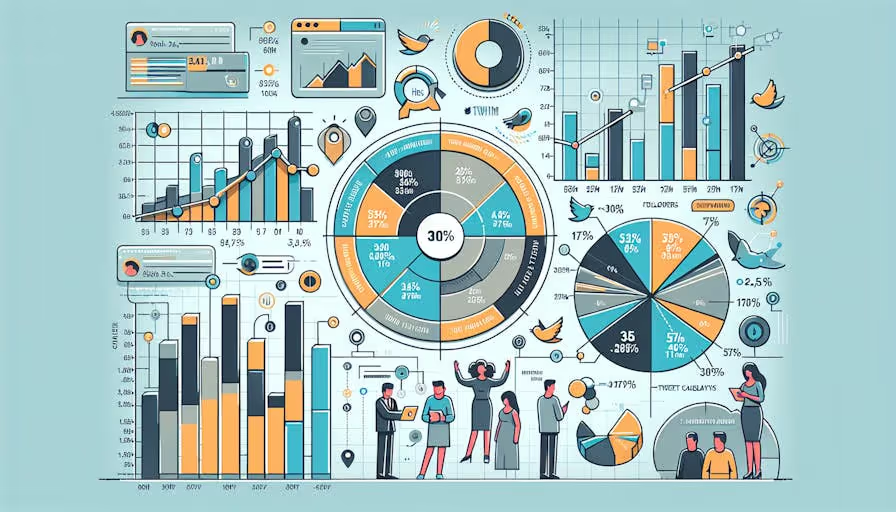
Twitter Statistics for Social Media Enthusiasts [2024]
Explore compelling twitter statistics, user demographics, content engagement, and future predictions.
.avif)
89 TikTok Statistics, Facts & User Demographics
New TikTok statistics show that TikTok has quickly become one of the most popular social media platforms, with users spending an average of 52 minutes per day scrolling through videos.
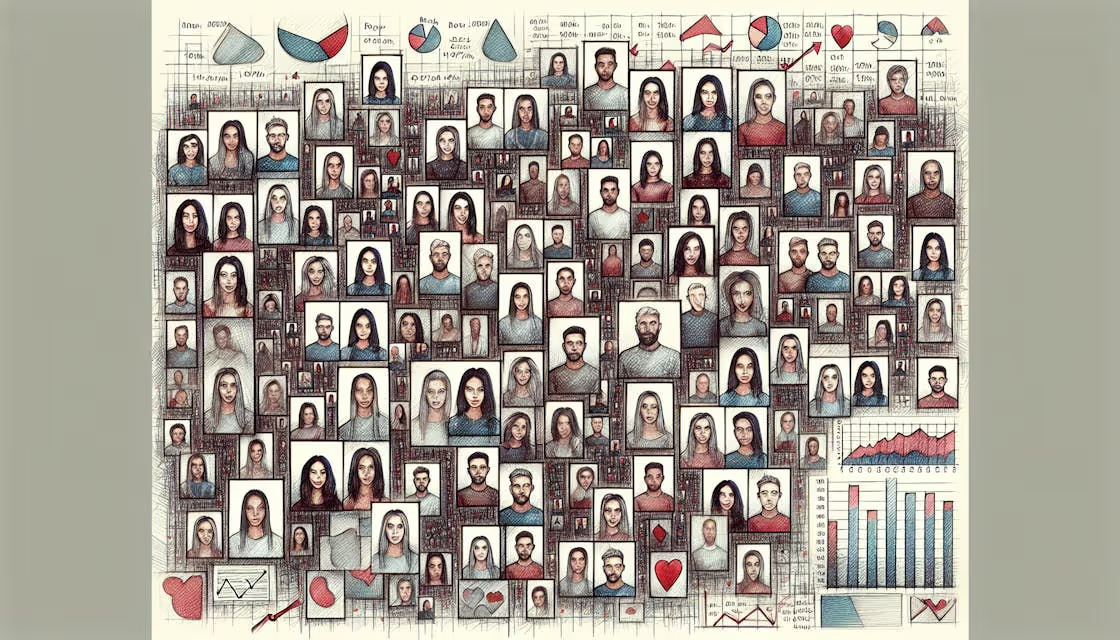
Key Tinder Statistics You Need to Know
Dive into the world of Tinder statistics - revealing insights on user demographics, engagement, and global trends.
.avif)
49 Telehealth Statistics & Telemedicine Trends
Telehealth statistics show that the use of virtual care is 38 times higher than before the COVID-19 pandemic.

Teacher Salary By State: Highest-Paid Teachers By State
Today we'll breakdown a teacher's salary by state, as well as the highest-paid teachers by state.

121 Social Media Addiction Statistics Worldwide
Did you know that around 70% of teens and young adults in the US have a social media addiction?

57 Scholarship Statistics, Facts & Demographics
Did you know over 1.7 million scholarships are awarded annually? Keep reading to find more scholarship statistics.
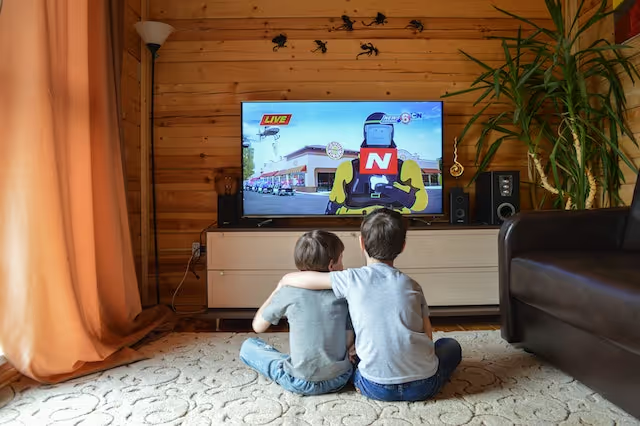
Average Screen Time Statistics & Facts (Usage)
Did you know people spend 6 hours 58 minutes on screens everyday? Find more screen time statistics below.
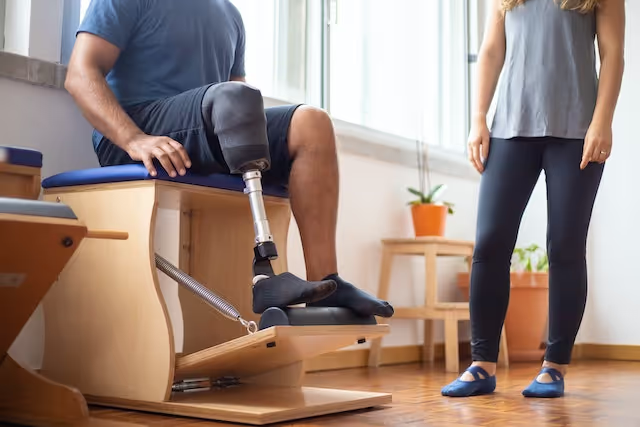
59 Physical Therapy Statistics, Facts & Demographics
There are 578,565 people employed in the physical therapy industry in the US as of 2022. Find more physical therapy statistics and facts below.

Spotify Statistics: 79+ Intriguing Consumption Statistics in Music
Dive into the evolution of music with intriguing Spotify statistics; from user engagement to financial performance.

